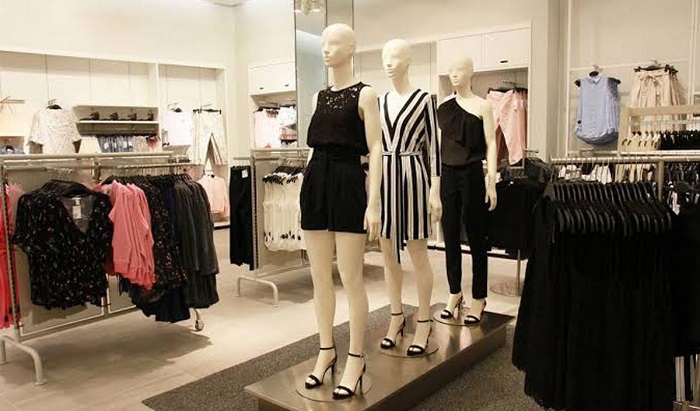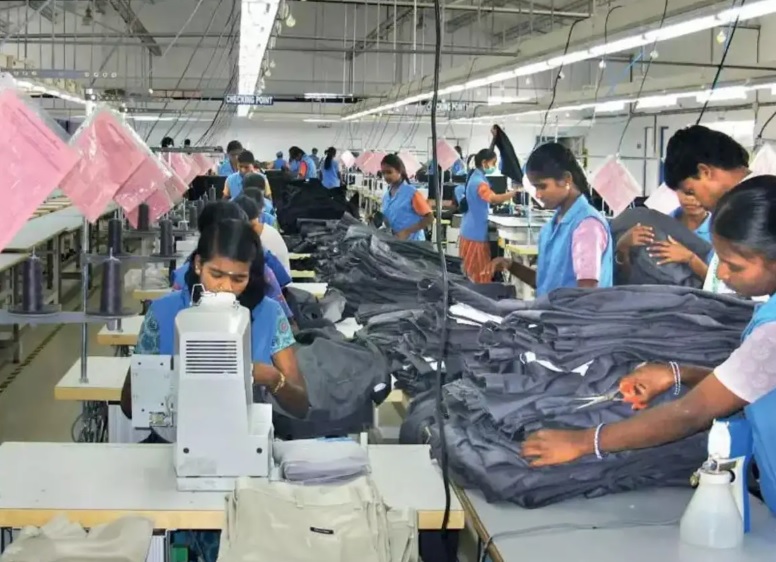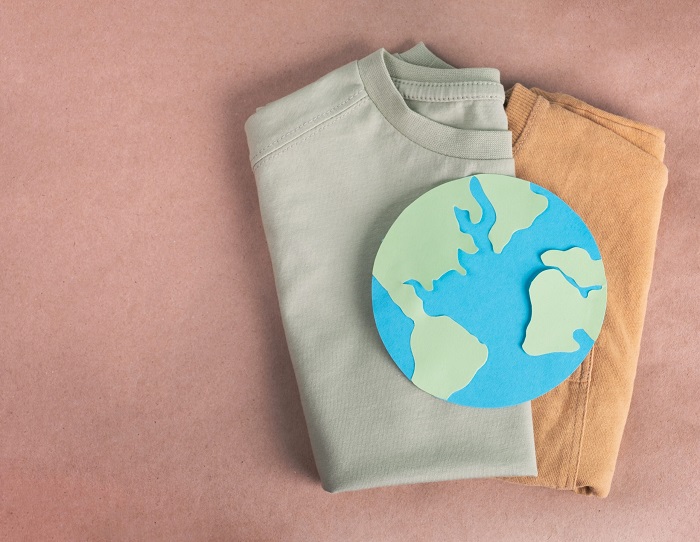 With the direct-to-consumer model and digitization diminishing their importance, physical trade shows suffered even before the pandemic. A Business of Fashion (BoF) and MyKinsey’s State of Fashion 2020 report reveals, nearly 55 per cent brands and retailers view trade shows as having little or no relevance to their business. COVID-19 pandemic has exacerbated the relevance of these trade shows with all US B2B events in the second quarter either being cancelled or postponed, notes the Center for Exhibition Industry Research (CEIR).
With the direct-to-consumer model and digitization diminishing their importance, physical trade shows suffered even before the pandemic. A Business of Fashion (BoF) and MyKinsey’s State of Fashion 2020 report reveals, nearly 55 per cent brands and retailers view trade shows as having little or no relevance to their business. COVID-19 pandemic has exacerbated the relevance of these trade shows with all US B2B events in the second quarter either being cancelled or postponed, notes the Center for Exhibition Industry Research (CEIR).
For visitors, these shows offer an opportunity to network with other exhibitors, and physically showcase products. To boost their future appeal, organizers will have to reinvent the organizational structure of trade shows, believes Julie Gilhart, Industry Veteran and Brand Consultant. Well-curated and localized trade shows will continue to attract visitors in the post pandemic world, she says.
Adapting to changing times
The success of modern trade shows depends on their ability to swiftly adapt to last-minute lockdowns and travel restrictions. Over the last few months, Premiere Vision made heavy investments in digital operations. Its online marketplace allows buyers and vendors to make virtual appointments and attend some 20 online educational seminars. It has also set up 1,600 online shops on the marketplace which exhibitors can operate free of charge.
Premiere Vision made heavy investments in digital operations. Its online marketplace allows buyers and vendors to make virtual appointments and attend some 20 online educational seminars. It has also set up 1,600 online shops on the marketplace which exhibitors can operate free of charge.
On the other hand, Florence-based trade show, Pitti Immagine Uomo, charges €2,500 per season for customers to use its online platform Pitti Connect. Since the first four weeks of its launch, 500 companies, 6,000 buyers and 270 media professionals have used the Pitti Connect service. One of the largest players in B2B exhibitions and events, Informa charges exhibitors $1,995 to showcase collections in its online marketplace. The organizer aims to complement its physical events with digital operations, says Nancy Walsh, President, Informa Markets Fashion.
Eyeing more acquisitions
As the industry has become more competitive, bigger companies are eyeing smaller digital trade shows with a strong sense of branding and point of view. They plan to acquire more virtual events which enable them to display all their showrooms under one virtual roof and become a one-stop-shop for buyers, says Nancy Drapeau, President-Research, CEIR.
Informa’s Market Fashions offers many finished-product trade shows like Coterie, Magic and Micam Americas. The group’s eight-week digital marketplace, launched in partnership with NuOrder, allows buyers to filter searches through product keywords or the names of the trade shows they typically frequent.
Taking the mid-route
Pre-COVID, physical shows were the biggest source of revenue for Brand Assembly, a business platform started in 2013. The company’s multi-city trade shows made up 60 to 70 per cent of total annual revenue. Now, the share of these trade shows has declined below 50 per cent, says Hillary France, Co-Founder and Chief Executive. The platform has launched virtual marketplaces in collaboration with e-commerce firm Alkeon for established contemporary brands and emerging designers. Though currently free to use for brands and designers, these marketplaces plan to introduce a software-as-a-service model where customers will have pay a monthly or annual subscription fee to showcase their products year-round.
Organizers also plan to take the hybrid route for their events. Besides organizing physical events, these organizers plan to make huge investments in their online platforms to attract customers with customized shopping experiences. Though digital events are not so lucrative for these organizers, they help them become data-rich, says Walsh.












